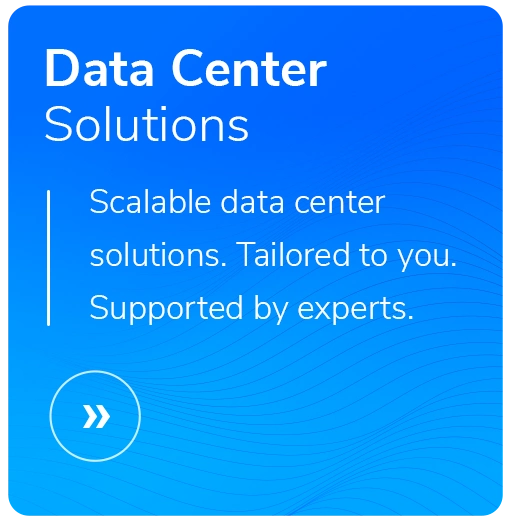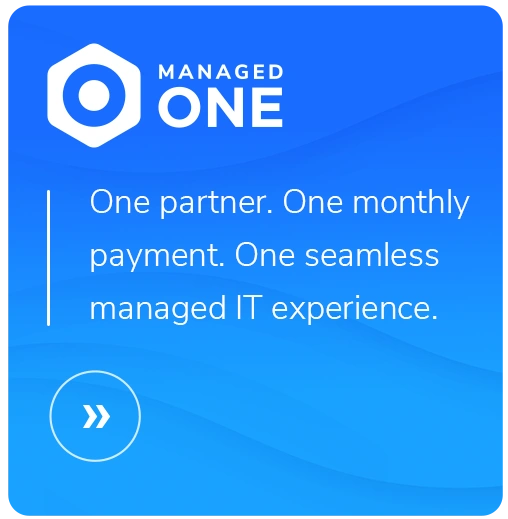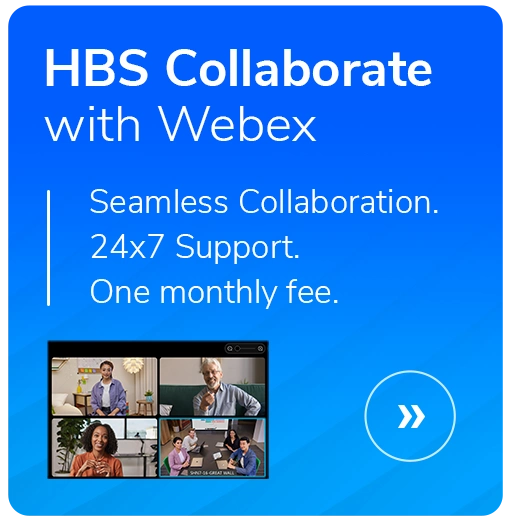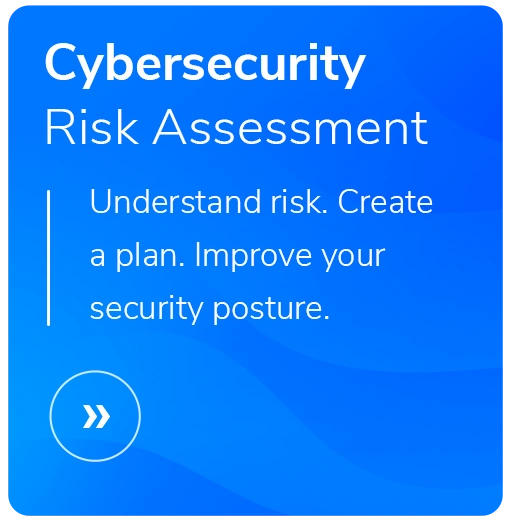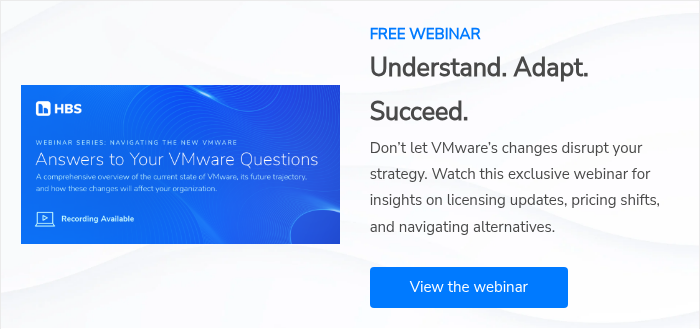vSphere Essentials Plus, vSphere Standard, or vSphere Foundation: Which VMware Bundle Is Right for Me?
- Written by: Anthony Hook and Ryan Mosher
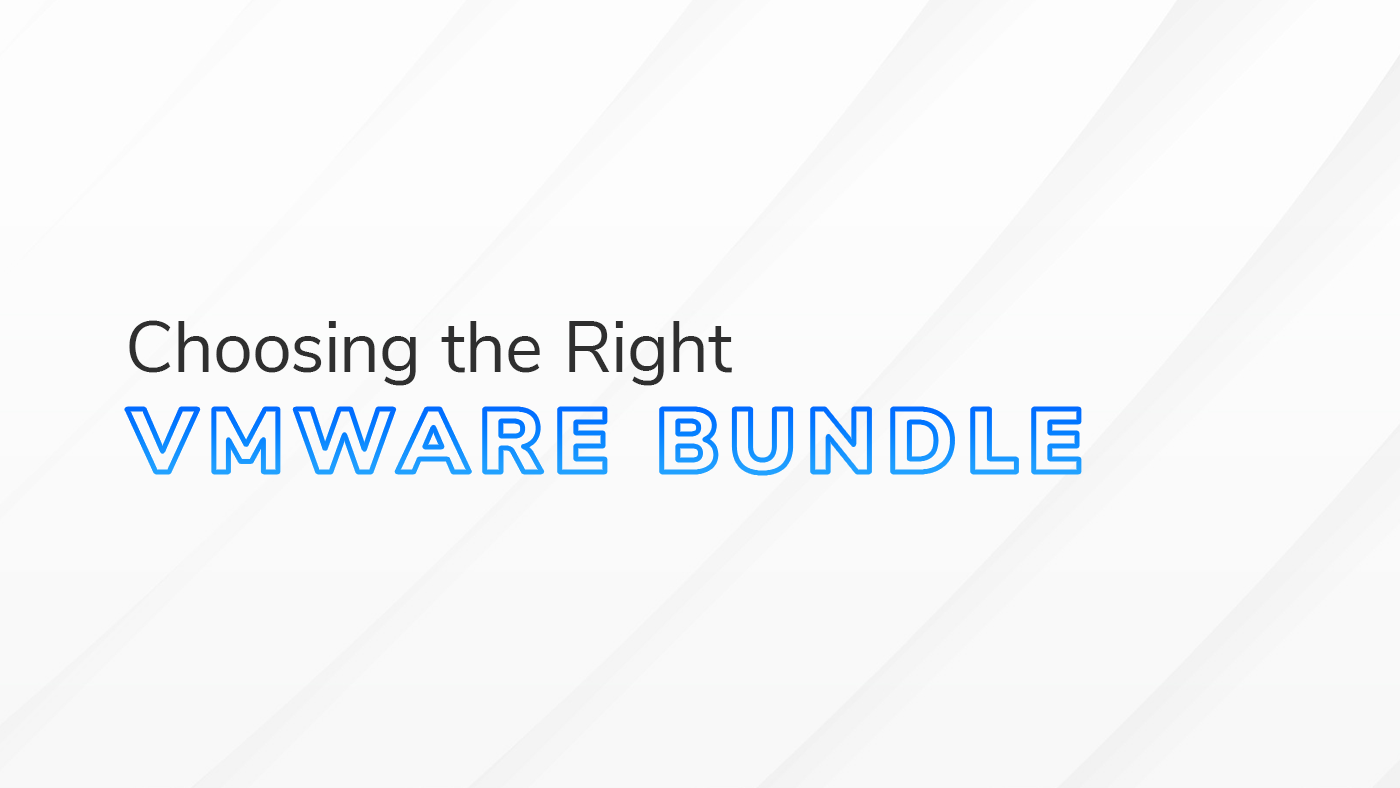
Things have changed at VMware. Licensing, pricing, and product offerings from the virtualization giant have all been altered, and navigating the new world of vSphere bundles can be challenging.
If you’re a current VMware customer, you probably have questions.
With this article, we aim to illuminate the new VMware bundles so you can choose the right fit for your organization.
Step 1: Understand Your Needs
Before diving into your VMware options—or other solutions like Azure Local (formerly Stack HCI) and Nutanix—you must assess your organization’s requirements.
Now is the best time to take stock of your virtualization needs, even considering whether or not virtualization is still the right solution for your business.
Things to Consider
- Core Count is King: The number of CPU cores you run is crucial. Gather the total core count across all your virtual machines (VMs), as well as physical core counts in your virtualization hosts.
- Workload Distribution: Analyze your VM workloads. Do you have a mix of resource-intensive applications, or are they primarily lightweight tasks? Understanding your workload distribution helps identify features like High Availability (HA) or vMotion (live VM migration) that are essential for your needs.
- VM Sprawl: How many VMs are you currently running? Are you expecting significant growth in the future? Has your environment been scaling down? Understanding the current number of VMs in your environment, along with trends and future projections—whether scaling up or down—is crucial for determining the appropriate licensing scale for your data center.
- Existing Features: Which VMware features do you have in place that are must-haves for you going forward? Understanding what features you currently use that make your life easier is important, as many features have switched between different VMware product offerings. Does your current backup and/or DR strategy rely on any of these features?
- Storage Needs: How much storage do your VMs require? Are you using spinning disks, solid-state drives, or a combination of both? Storage requirements can influence the overall cost of a virtualization solution.
- Networking Environment: What kind of network infrastructure do you have? Are you using basic Gigabit Ethernet, or do you have high-speed connections?
- Hardware Refresh: Consider the current age of both your compute and storage hardware in your data center. Is anything up for renewal in the next two years? Keeping this in mind, along with everything above, is important to your overall data center strategy and decision-making.
By taking a comprehensive inventory of your tenant, you’ll be much better equipped to assess your virtualization needs and wants before selecting the most suitable option.
Step 2: Explore Your VMware Options
Once you've assessed your environment's needs, it's time to dig into the new VMware bundles. One thing to note, all bundles have vCenter server included; it is no longer licensed separately. Here's a brief breakdown of the key options and what they offer:
- vSphere Essentials Plus: This 96-core bundle offers centralized management for your virtual infrastructure. It includes vCenter Essentials, intended for managing up to three servers with a maximum of 96 cores, and essential features like vMotion and High Availability. However, Essentials Plus is limited to a maximum of three hosts and 96 cores. If your needs could outgrow this bundle, vSphere Standard is probably the choice for you.
- vSphere Standard: This is a per-core licensing option ideal for many environments. It provides essential features for virtualization, including ESXi (the core hypervisor) and vCenter Standard, as well as enhanced features like Trust Platform Module (TPM) support, Content Library, Virtual Volumes (vVols), and Storage vMotion. You only pay for the cores you use, making it a cost-effective and scalable choice.
- vSphere Foundation: This bundle is designed for environments with more complex needs. It includes vCenter Server, Distributed vSwitches, Area Operations Advanced for monitoring and reporting, and the vSAN (software-defined-storage) add-on capability. This option is ideal for organizations seeking comprehensive virtualization management and operations.
Click here for a complete list of what is included in the new VMware bundles.
Beyond the Bundles
You're not limited to just these pre-configured packages. Consider licensing a portion of your environment with one of the VMware bundles and using a different solution for the remaining parts of your tenant, or a hybrid solution involving extending into the cloud.
Exploring Alternatives
Don't be afraid to look beyond VMware! Several other solutions exist—including non-virtualization options—that might better fit your environment and budget. HBS can help you evaluate alternative options and ensure you get the right solution.
Step 3: Let HBS Help You Find the Best Fit
When selecting the right virtualization solution, whether a VMware bundle, Nutanix, Azure Local, or any other option, it’s not just about the product but the partnership.
We understand how important this decision is for your organization. Let HBS guide you through these choices, ensuring you have the best-fit solution for your business’s unique needs.
Remember, the right choice can optimize your operations, but the right partner will optimize your journey. Let’s embark on this path together. Contact us now to get started.

